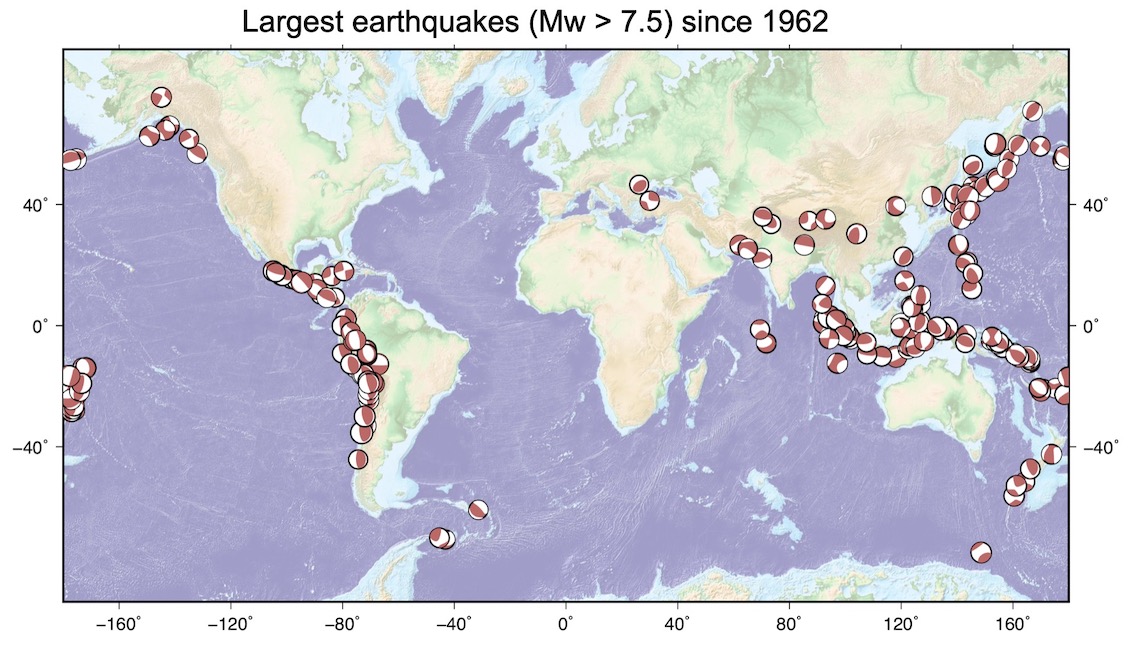
My name is Jiuxun Yin (尹九洵). I’m currently a research geophysicists at SLB.
Google Scholar Research Gate ORCID Github
I am a seismologist interested in every aspect of earthquakes. Earthquakes can cause large ground motions, damaging manufactured infrastructures and thus greatly threatening human lives. I strive to improve our understanding of earthquake physics using my expertise in earthquake seismology. My research is diverse, including but not limited to seismic observations, numerical simulation, machine learning, and earthquake early warning with innovative techniques such as DAS. I enjoy exploring the fascinating world of earthquake science with the belief that I can use my research to mitigate seismic hazards and help people. I embrace all the innovative techniques to solve significant science questions in the community.

In the recorded history, the largest earthquakes, for instance the 2004 Sumatra Mw 9.2, the 1960 Great Chilean Mw 9.4, the 1964 Alaskan Mw 9.3, and the 2011 Tohoku Mw 9.0 megathrust earthquakes, have killed many, caused great damage, and brought tremendous financial losses. These earthquakes induce not only strong ground motion but also large tsunami waves. As populations grows, especially in the coastal regions where large earthquakes usually occur, mitigating the earthquake hazards is critical. During large earthquakes, the building collapse caused by ground motion as well as coastal destruction caused by huge tsunami waves are deadliest to human. Both of them are directly controlled by the earthquake source and their mitigation requires sufficient knowledge about the physics of the earthquake rupture. Different processes in the rupture, such as the direction of propagation, energy participation or surrounding structure may incur locally different ground motion. Therefore, further understanding the rupture during large earthquake is of not only scientific significance but also important to mitigate seismic hazards.
My research involves studying on the earthquake rupture process, which includes the initation, evolution and termination of an earthquake (details). The aims of my research are to better interpret the physics behind a destructive earthquake and helps to mitigate risks of earthquakes. I’m applying innovative techniques in my earthquake studies, including but not limited to using machine learning techniques to denoise the seismograms, using the DAS (Distributed Acoustic Sensing) data recorded by fiber-optical cables for earthquake early warning.